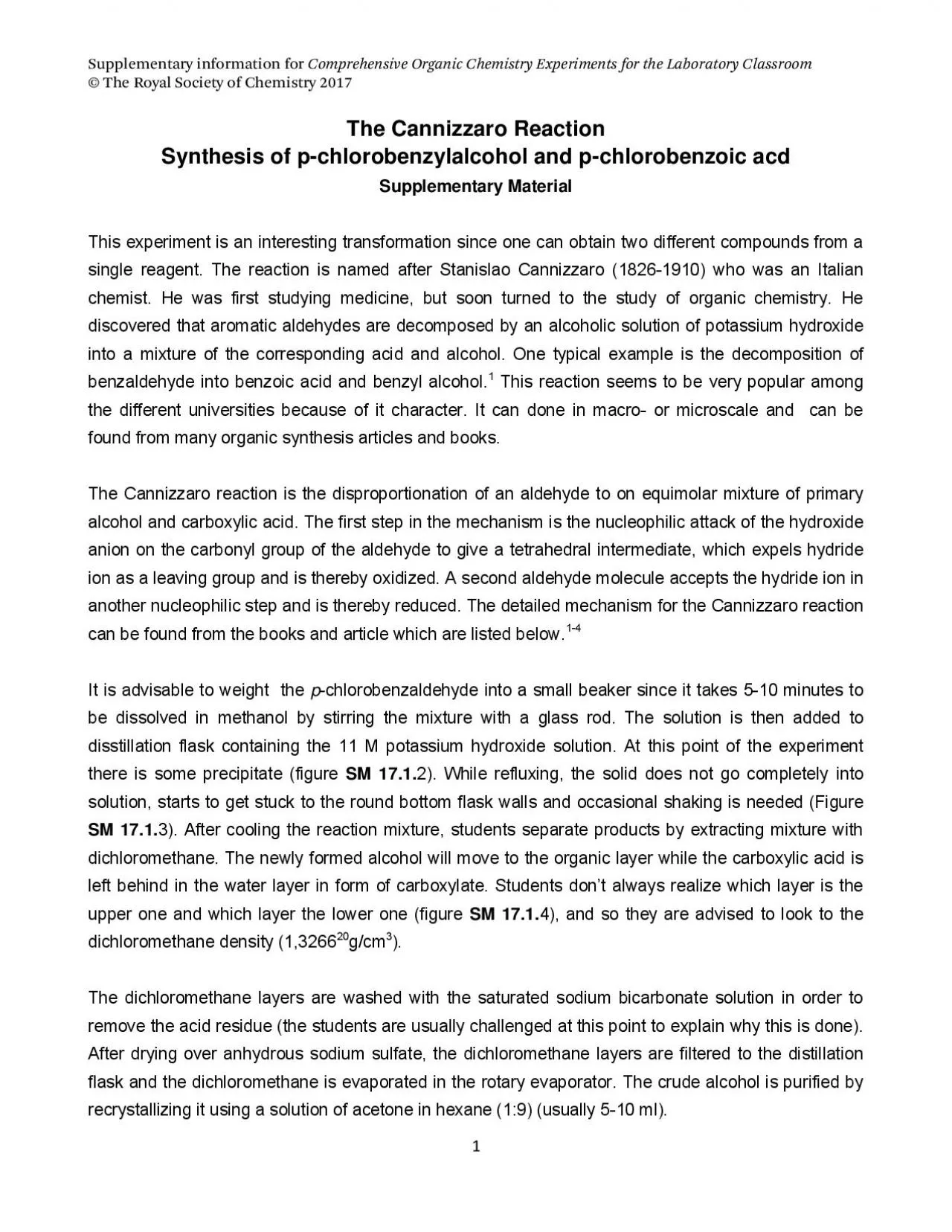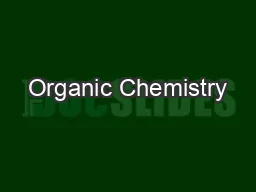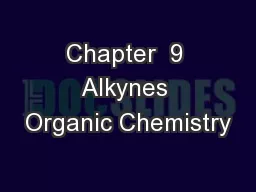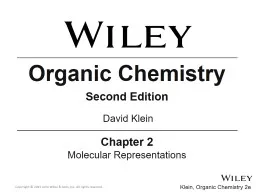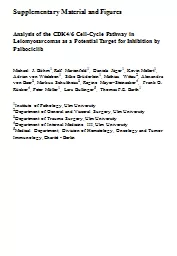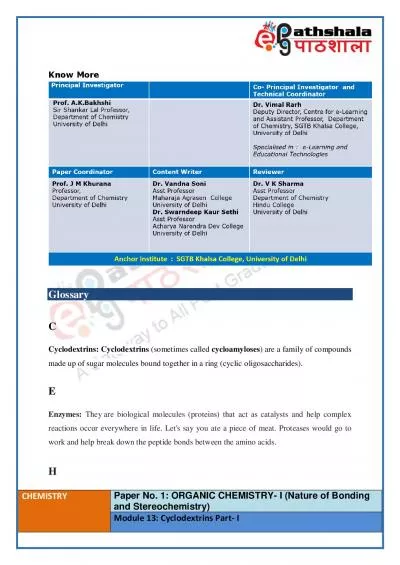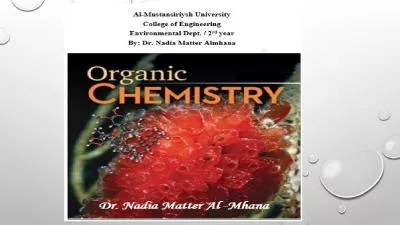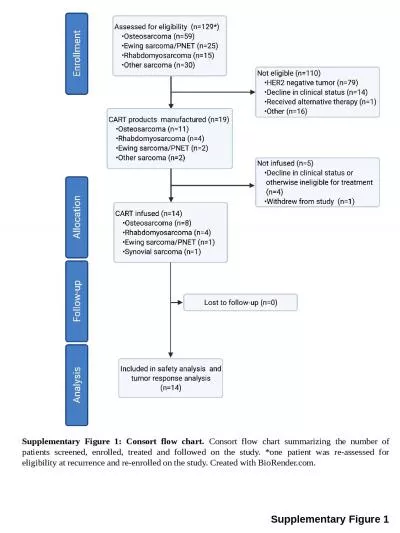PDF-Supplementary information for Comprehensive Organic Chemistry Experime
Author : megan | Published Date : 2021-10-01
Supplementary information for Comprehensive Organic Chemistry Experiments for the Laboratory Classroom The Royal Society of Chemistry 2017 When acidifying the water
Presentation Embed Code
Download Presentation
Download Presentation The PPT/PDF document "Supplementary information for Comprehens..." is the property of its rightful owner. Permission is granted to download and print the materials on this website for personal, non-commercial use only, and to display it on your personal computer provided you do not modify the materials and that you retain all copyright notices contained in the materials. By downloading content from our website, you accept the terms of this agreement.
Supplementary information for Comprehensive Organic Chemistry Experime: Transcript
Download Rules Of Document
"Supplementary information for Comprehensive Organic Chemistry Experime"The content belongs to its owner. You may download and print it for personal use, without modification, and keep all copyright notices. By downloading, you agree to these terms.
Related Documents

